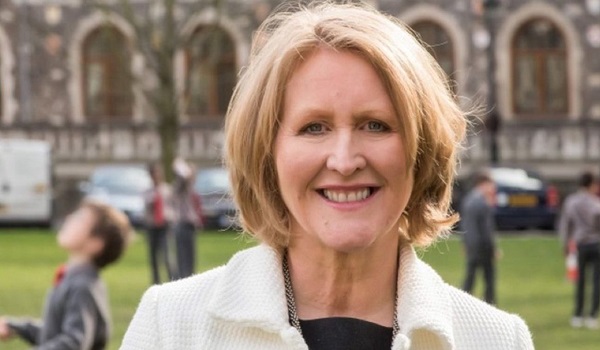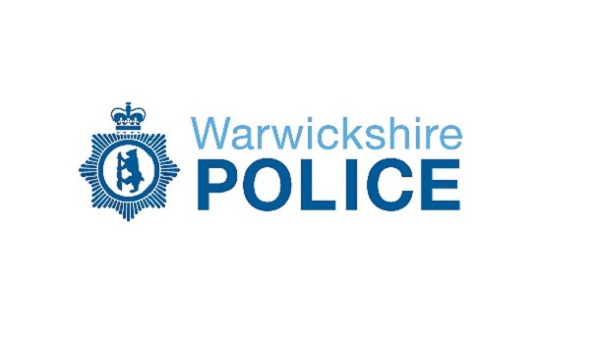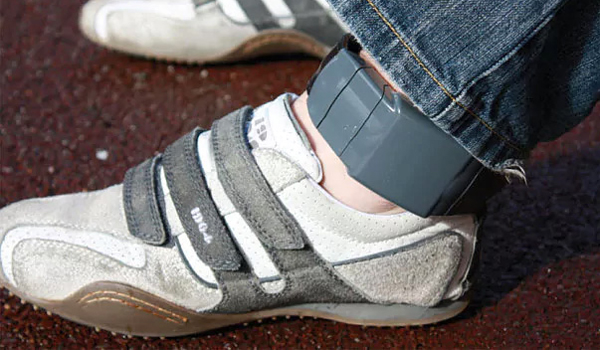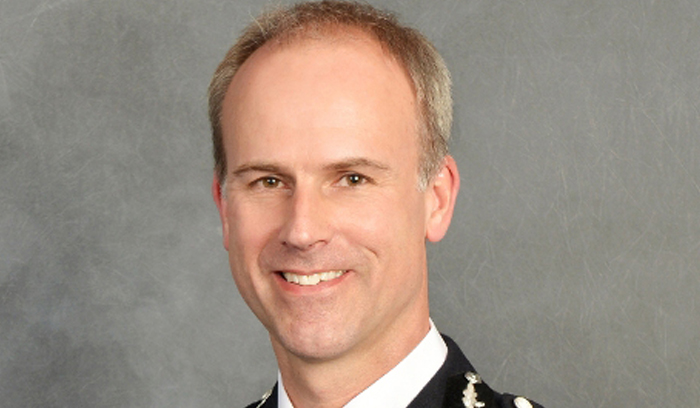Girls in gangs being ‘failed’ by authorities
Hundreds of girls unwittingly drawn into gang crime across the country are desperate to escape but are being overlooked and failed by the authorities, the children’s commissioner for England has said.
As many as half of all gang members are thought to be female and they are often used to carry knives or drugs because they are far less likely to be stopped by police.
Anne Longfield told the BBC’s Victoria Derbyshire programme that she would be writing to the government and local authorities calling for a review into support for female gang members, who were “not getting the help they need”.
“Teachers, social workers, GPs and youth workers need to be doing more to help get these girls out of gangs. So many are trapped with nowhere to go,” she said.
Two-thirds of children in England assessed by councils as being involved in gangs are boys (66 per cent) and one third girls (34 per cent), figures analysed by the children’s commissioner’s office suggest.
Estimates from the Office for National Statistics suggest a higher figure – that as many as half may be girls. Despite this, the Metropolitan Police Service’s gangs matrix database lists 3,000 male gang members known to the authorities in London and just 18 female gang members.
Nequela Whittaker, who used to be in a gang but is now a youth worker, told the programme that girls as young as 11 had carried weapons for boyfriends, other counterparts and gang members.
“As young as these girls are, they are not scared to carry a weapon and if something went wrong to use it. They are the ones who are getting away with it, mostly because they are not looked upon as a person of interest, as opposed to a young male,” she said.
Sophie Linden, London’s deputy mayor for policing, said a lot of girls were going under the radar of the authorities. “We are doing our best to engage with those we know about and make sure we are actively reaching out to communities, to ensure we are working with young women and girls who are being exploited,” she said.
The Local Government Association, which represents 370 councils across England, said: “Councils are being forced to divert the limited funding they have left away from preventative work, including young offenders’ teams and youth work, into services to protect children who are at immediate risk of harm.”







